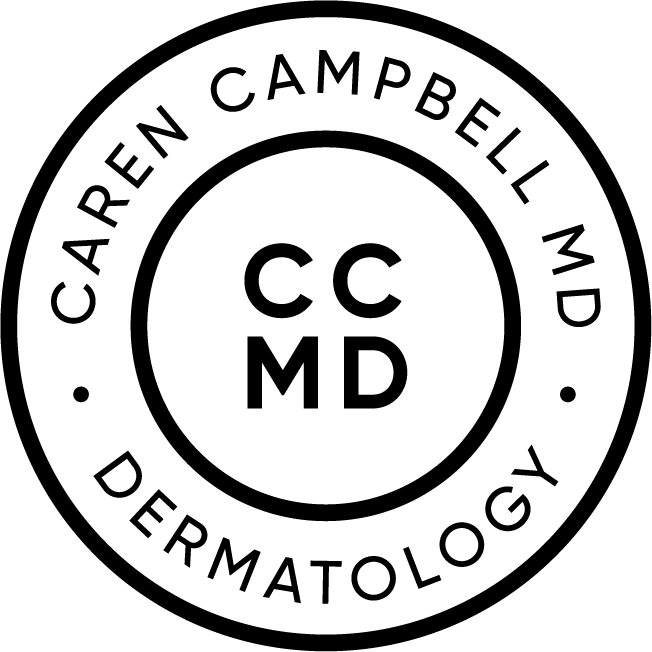Varicose Veins
aka Spider Veins
What are Varicose Veins?
Varicose veins or telangiectasia are dilated skin capillaries which develop in most individuals as an inherited tendency but are also part of the aging process. Other factors include prolonged standing and pregnancy.
How can you treat varicose or spider veins?
An injection can be performed into the dilated vessels, which is called sclerotherapy. Sclerotherapy consists of instilling a concentrated sclerosing solution made of a concentrated salt solution, detergent or sugar into these tiny capillaries using a small needle. The sclerosing solutions irritate the linings of the capillaries so that they cease to carry blood. The body slowly replaces the small blood vessels with an invisible inner scar tissue without harming the circulation.
What varicose veins can be treated with sclerotherapy?
Dilated varicose veins smaller than 3mm do well with sclerotherapy, but series of treatments is usually performed for best results. Wearing compression for 2 weeks after your treatment improves outcomes.
The larger vessels greater than 3mm in diameter are more difficult to eradicate and do better with ultrasound guided surgical procedures.
What can I expect after sclerotherapy?
Unfortunately, if you are prone to varicose veins you are likely to continue to get more. As a result of the procedure some of the vessels can recur, particularly those veins that are in a cluster or mat, a slapped cheek appearance, and the fine radiating vessels.
Each blood vessel will usually require 2-5 injections to totally disappear. The number of injections required depends upon the size and the type of the vessel. The vessels slowly involute and disappear over a period of two to ten weeks. The maximum improvement is evident at six weeks. The goal with treatment is to produce a 75-90% improvement although patients can achieve almost complete resolution of the small capillaries and telangiectasia.
Immediately after the procedure you should walk for 30 minutes. Minimal activity is recommended for 24 hours after the procedure. Loose clothing is recommended on the day of the procedure due to the placement of temporary dressings (cotton balls with tape). Strenuous exercise is not recommended for three to four days following treatment. Support or compression hose should be worn once the dressings are removed and optimally worn for the next 2 weeks.
How can I prepare for sclerotherapy?
Avoid the use of aspirin-like products such as Advil, Motrin, or Aleve (non-steroidal agents), for seven days prior to the procedure as these can result in increased bleeding and bruising.
Purchase support hose prior to your visit so you have them available. Dr. Campbell recommends hose that are ideally 30-40mm Hg. Some brands include: Jobst, Total Support, Hanes Alive, and Sig Varis Support Stockings. Medical supply stores, pharmacies and online are the best ways to purchase compression hose.
How can I prevent new spider veins or varicose veins?
Wearing support or compression hose daily, weight reduction, and exercise may be helpful in preventing the development of leg veins. However, there is some evidence that long distance running may accentuate the development of these, especially around the feet/ankles.
What are possible side effects of the procedure?
Blistering – when small amounts of solution seep into the skin.
Pigmentation – freckle-like spots can occur under a blister or at the injection site. Brown lines tracing the vessels may also appear. These usually self-resolve but resolution can be hastened with bleaching agents.
Bruising – occasionally occurs and normally last a few weeks.
Stinging and Pain. Some cramping. These are usually minimal.
New blood vessel formation – Rare complication.
Clot – these do not cause internal damage and are extremely rare.
Swelling – May be seen around joints or after prolonged standing following the procedure. It is not dangerous.
Superficial thrombophlebitis – irritation of the small blood vessels in the skin. Bed rest and anti-inflammatory medications can help. This complication occurs in less than one in one thousand cases.
Scarring – a very rare complication that may be seen if an ulceration were to develop at the injection site.
Is sclerotherapy the only treatment option available for varicose veins?
Laser is another treatment option, but generally speaking, sclerotherapy leads to less scarring than lasers. The lasers are expensive devices thus adding to the cost of the procedure and only small caliber vessels can be treated. As laser technology is refined, it may someday replace sclerotherapy.
Is sclerotherapy covered by insurance?
No. For painful, larger varicose veins requiring ultrasound guided surgical procedures, insurance may help cover a portion of the procedure, but Dr. Campbell does not perform these procedures in her office.

